How Much Does It Cost To Test For Asbestos?

The cost to test for asbestos in 2025 typically ranges from $250 to $850, depending on the type of test, location, and whether it’s for residential or commercial property. Here’s a full breakdown: 💰 Average Asbestos Testing Costs (2025) Service Type Typical Cost Basic Asbestos Air Test $250 – $450 Bulk Sample Lab Testing (1–3 […]
How Dangerous Are Asbestos Sidings?

Asbestos siding, commonly used on homes built between the 1920s and 1970s, is generally safe if it’s undisturbed and in good condition. Asbestos fibers only pose a health risk when they become airborne and are inhaled. Here’s a breakdown of the potential risks and safety measures: 1. Health Risks of Asbestos Exposure Airborne fibers: When […]
Does Asbestos Poison The Air and the Ground?
Asbestos does not poison the ground or the air. Asbestos is a naturally occurring mineral fiber that is not water-soluble. This means that it cannot dissolve in water and seep into the ground. However, asbestos can be released into the air when it is disturbed, such as during demolition or renovation work. If inhaled, asbestos […]
What is Mesothelioma and Asbestosis?
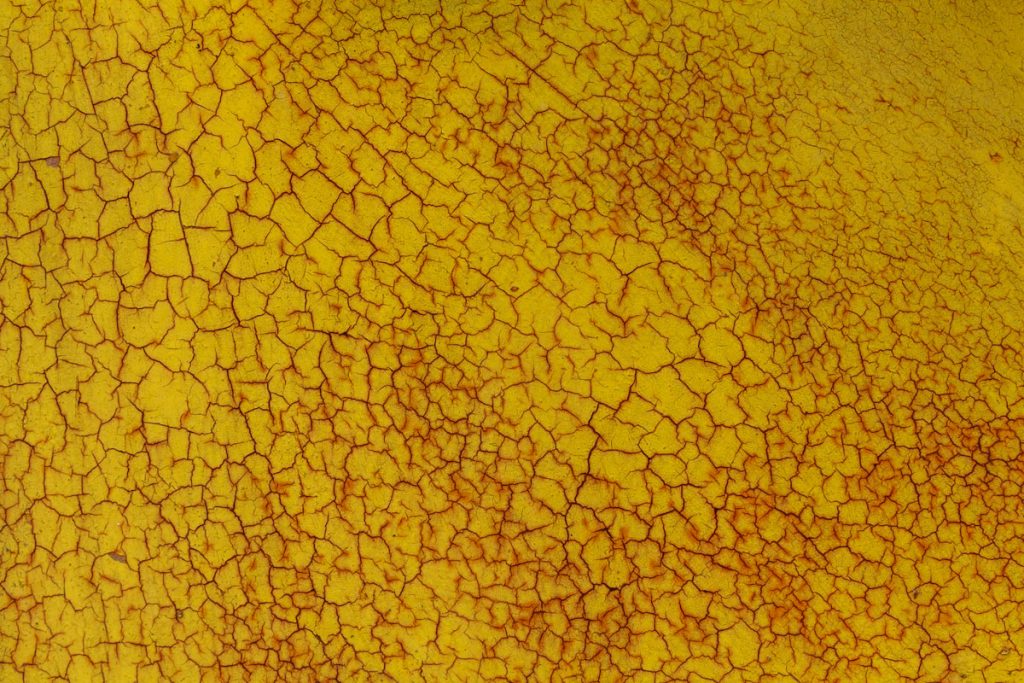
Mesothelioma is a rare and aggressive form of cancer that primarily affects the mesothelium, the thin layer of tissue that covers most of the internal organs. It is most commonly associated with asbestos exposure. Here are the key points about mesothelioma: Types of Mesothelioma Pleural Mesothelioma Location: Affects the lining of the lungs (pleura). Symptoms: […]
Is My Cancer Asbestos Related?

Determining whether your cancer is asbestos-related involves a careful assessment of your medical history, occupational exposure, and the specific type of cancer you have. Here are key points to consider: Types of Cancer Commonly Associated with Asbestos Exposure Mesothelioma Description: A rare cancer that affects the lining of the lungs (pleura), abdomen (peritoneum), or heart […]
Do Cars Contain asbestos?
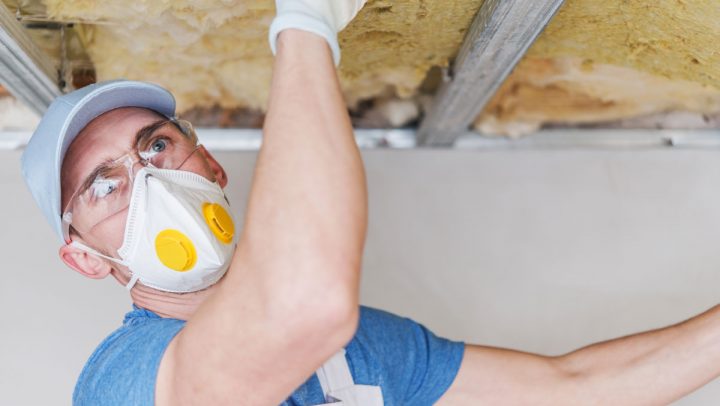
Older cars and some specific parts of cars manufactured before the 1980s can contain asbestos. Asbestos was commonly used in various automotive components due to its heat-resistant properties. Here are some parts of cars where asbestos might be found: 1. Brake Pads and Linings Asbestos was widely used in brake pads and linings because of […]
What Should You Do If You Touch Asbestos?

If you touch asbestos, it’s important to take specific steps to minimize your exposure and prevent the spread of asbestos fibers. Here are the steps to follow: 1. Avoid Further Contact Immediately stop touching the material and move away from the area to prevent further exposure. 2. Do Not Disturb the Material Do not attempt […]
What Should You Do If You Breathed In Asbestos?

If you think you have breathed in asbestos, here’s what you should do: Immediate Actions Leave the Area – If you’re still in a space with potential asbestos exposure, leave immediately to prevent further inhalation. Avoid Disturbing Anything – If asbestos-containing materials (like insulation, old tiles, or pipes) have been damaged, avoid touching or moving […]
Asbestos Testing Costs 2024

Read on to learn more about Asbestos Testing Costs in 2024 Average Costs: Range: $200 to $1,000+ Typical residential inspection: $225 to $600 Airborne asbestos testing: $500 to $1,000+ Factors Affecting Cost: Type of test: Simple air clearance tests are typically cheaper than bulk sample analysis or comprehensive inspections. Number of samples: More samples naturally mean higher costs. Size of […]
Asbestos Testing Costs 2025

Read on to learn more about Asbestos Testing Costs in 2025 Asbestos testing is essential for identifying hazardous materials in your home or workplace. In 2025, the costs for asbestos testing vary based on factors such as the type of test, the size of the area, and regional pricing differences. Here’s a detailed breakdown: 1. […]
Asbestos Siding Removal Costs 2024
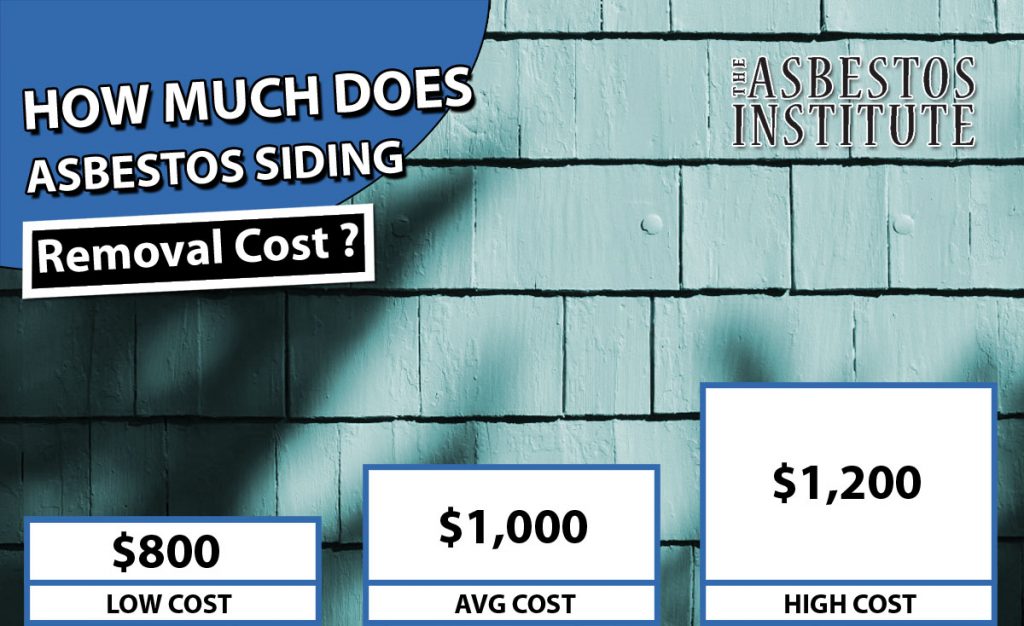
Read on to learn more about Asbestos Siding Removal Costs Average Costs: Per square foot: The typical range falls between $5 and $15 per square foot, with an average of $8 per square foot. Total project cost: For a typical 1,500-square-foot house, expect to pay around $7,500 to $22,500, with an average of $12,000. Asbestos Siding Removal Costs Per Sq. Ft & Per Hour […]
Asbestos Siding Removal Costs 2025
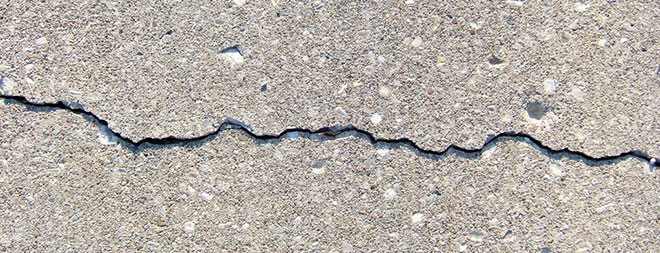
Removing asbestos siding is a specialized task that requires professional handling due to the health risks associated with asbestos exposure. In 2025, the cost of removing asbestos siding varies based on factors such as the size of the area, the condition of the siding, and regional pricing differences. Average Costs: Per Square Foot: The cost […]
What Are OSHA Asbestos Training Requirements
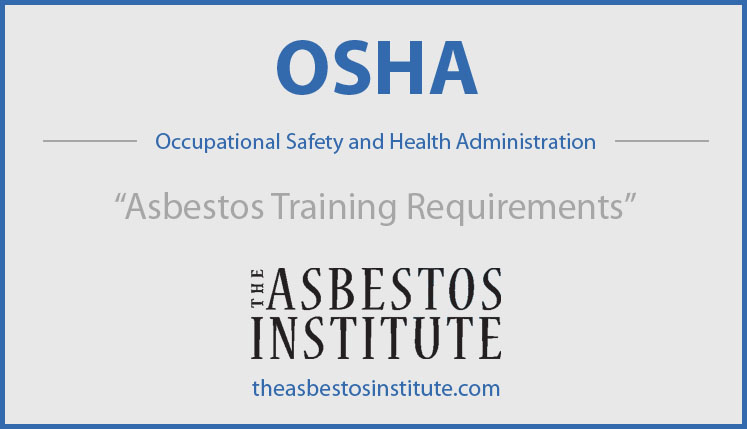
According to EPA.gov, OSHA now requires employers to establish and continue participation in an asbestos training program for employees that might be exposed to fiber levels that are either anticipated or measured at/above permissible exposure limits. OSHA training programs consist of initial classroom training and annual online refresher courses. Permissible exposure limits are 0.1 fibers […]
Asbestos Certifications
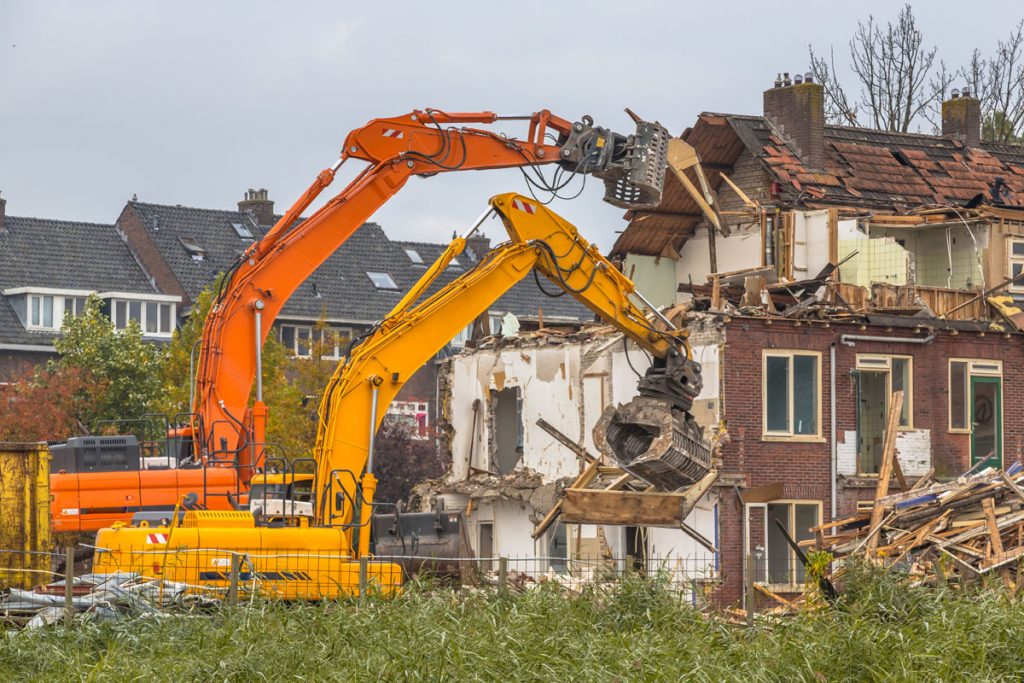
Asbestos is often found in older buildings and represents a serious hazard to health for those who encounter it. At one time because of its low cost and high resistance factors, it was a common material used in many kinds of buildings from the 1940s until 1990. Boiler and pipe insulation may also contain asbestos […]
How Can I Tell If My Home Contains Asbestos

Determining if your home contains asbestos can be challenging because asbestos fibers are not visible to the naked eye. Asbestos was commonly used in various building materials until it was largely banned for residential use due to health concerns. To assess the presence of asbestos in your home, consider the following steps: Know the Age […]
Asbestos and Wittenoom, Australia. A Lesson From History.

Wittenoom is a town in Western Australia that became notorious for its severe asbestos contamination. The history of Wittenoom and asbestos is a significant and tragic example of the dangers associated with asbestos exposure. Background: Asbestos Mining: Wittenoom was the site of one of the largest asbestos mines in the world. The Wittenoom mine operated […]
Insulating Existing Walls

nsulating existing walls can be a beneficial home improvement project that helps improve energy efficiency, maintain comfortable indoor temperatures, and reduce heating and cooling costs. The method you choose for insulating existing walls depends on various factors, including the type of wall construction and your budget. Here are some common methods for insulating existing […]
Removing Asbestos From Walls

Removing asbestos from walls should only be done by licensed professionals due to the health risks associated with asbestos exposure. Here are the general steps involved in asbestos removal from walls: Assessment: A licensed asbestos inspector assesses the area to determine the presence and extent of asbestos-containing materials (ACMs). This typically involves testing samples. Preparation: […]
Why You Should Not Touch Asbestos

Asbestos is a naturally occurring mineral fiber that was once commonly used in various construction and industrial applications due to its heat-resistant and insulating properties. However, asbestos is now known to be highly hazardous to human health. Here are some reasons why you should not touch or disturb asbestos: Health Risks: Asbestos fibers are microscopic […]
Will Asbestos Ever Be Safe?

Asbestos, a naturally occurring mineral fiber, has been widely recognized as a health hazard due to its association with serious diseases such as lung cancer, mesothelioma, and asbestosis. Given its well-documented health risks, it is unlikely that asbestos will ever be considered completely safe. However, steps can be taken to mitigate its risks and reduce […]
Does Asbestos Poison The Ground?
No, asbestos does not poison the ground. Asbestos is a naturally occurring mineral fiber that is not water-soluble. This means that it cannot dissolve in water and seep into the ground. However, asbestos can be released into the air when it is disturbed, such as during demolition or renovation work. If inhaled, asbestos fibers can […]
What Were The Advantages of Asbestos

Asbestos is a naturally occurring mineral fiber that has been used in a variety of products for its fire resistance, strength, and durability. Some of the advantages of asbestos include: Fire resistance: Asbestos is highly resistant to heat and flames, making it a good material for fireproofing. It was often used in construction materials, such as […]
Asbestos and Government Agencies
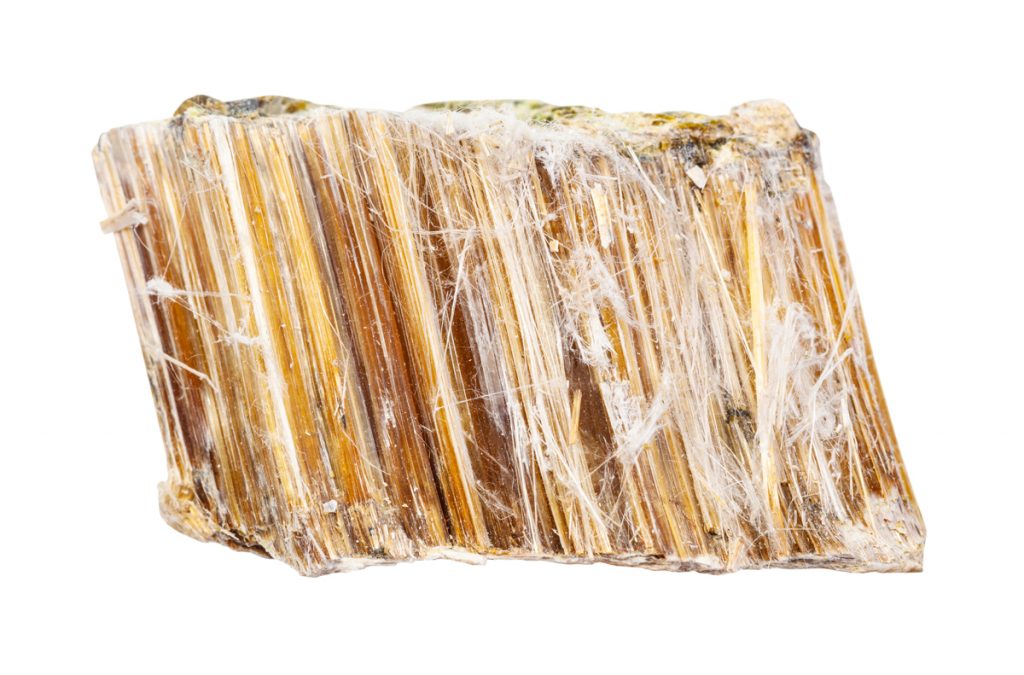
The Centers for Disease Control and Prevention alongside The National Institute for Occupational Safety and Health have published a number of peer reviewed guidelines regarding asbestos in the work place. Read on to learn more: https://www.cdc.gov/niosh/topics/asbestos/default.html Asbestos, OSHA & AHERA Training Via Classroom & Online The Asbestos Institute has provided EPA and Cal/OSHA-accredited safety training […]
Understanding Asbestos And Cancer

The following article is a fully sourced academic report from the University of Hawaii at Manoa. Summary More than 20 million people in the U.S., and many more worldwide, who have been exposed to asbestos are at risk of developing mesothelioma, a malignant cancer of the membranes that cover the lungs and abdomen that is […]
Where Can You Find Hidden Asbestos?

Asbestos can be found in many unexpected places. Here are ten spots where asbestos may be found where you may not realize it. read on to learn more. Seals And Sealants Asbestos was often used in caulking in windows and doors until the 1970’s. It was also used on furnace doors, gasket seals, old coal […]

